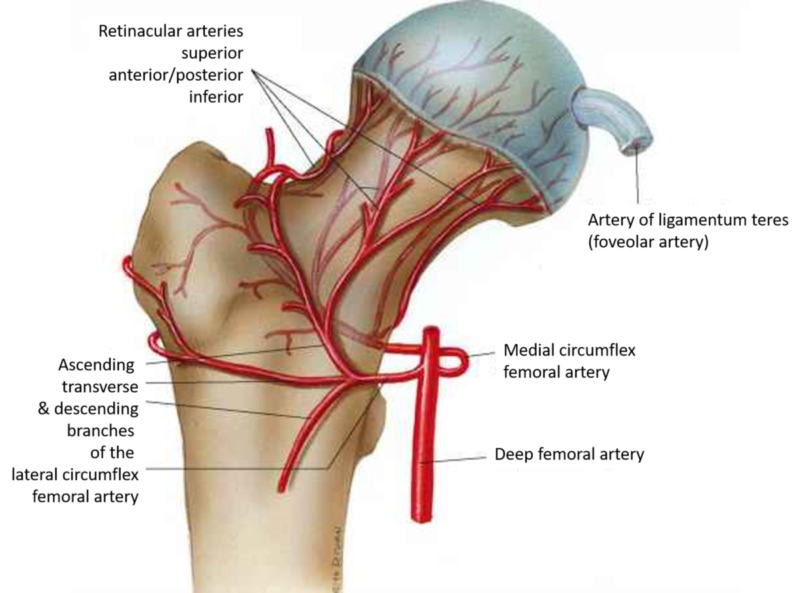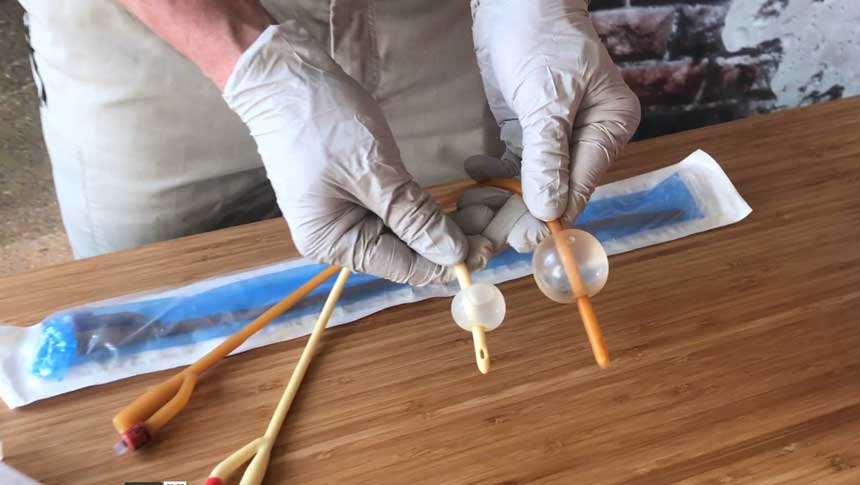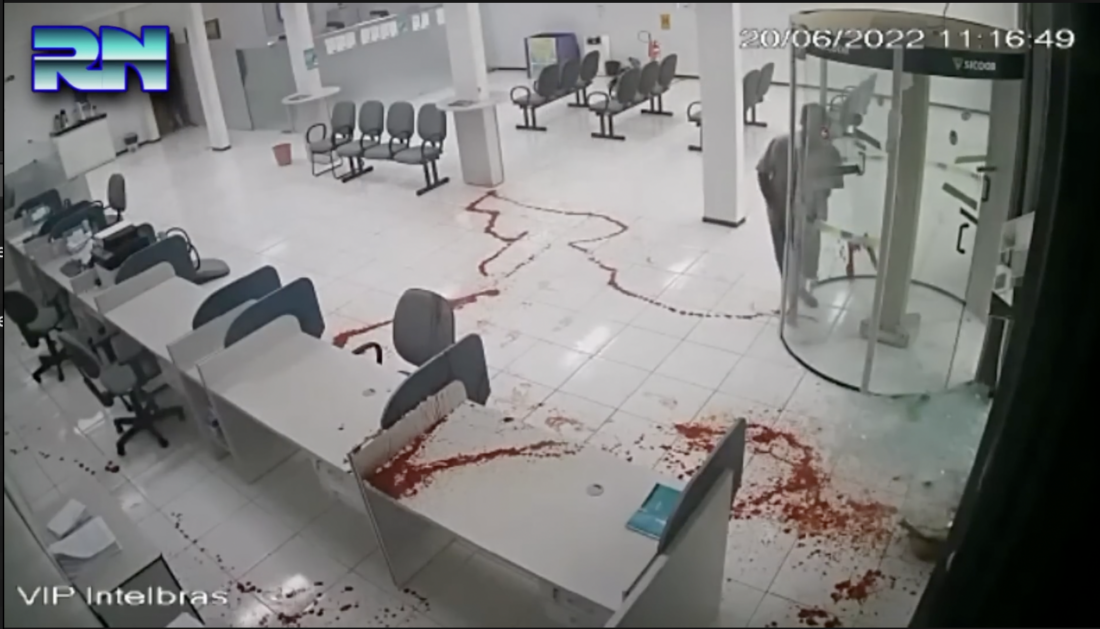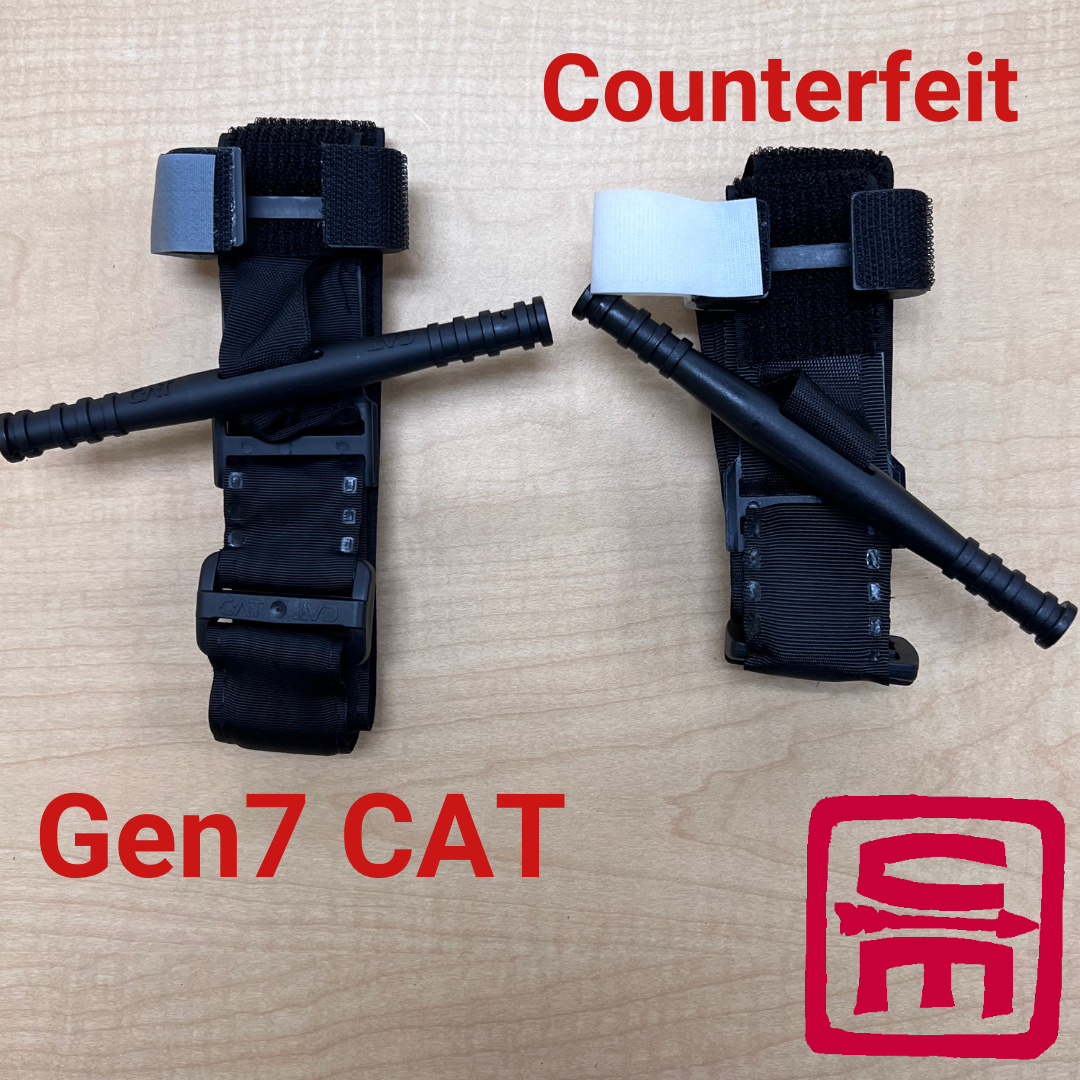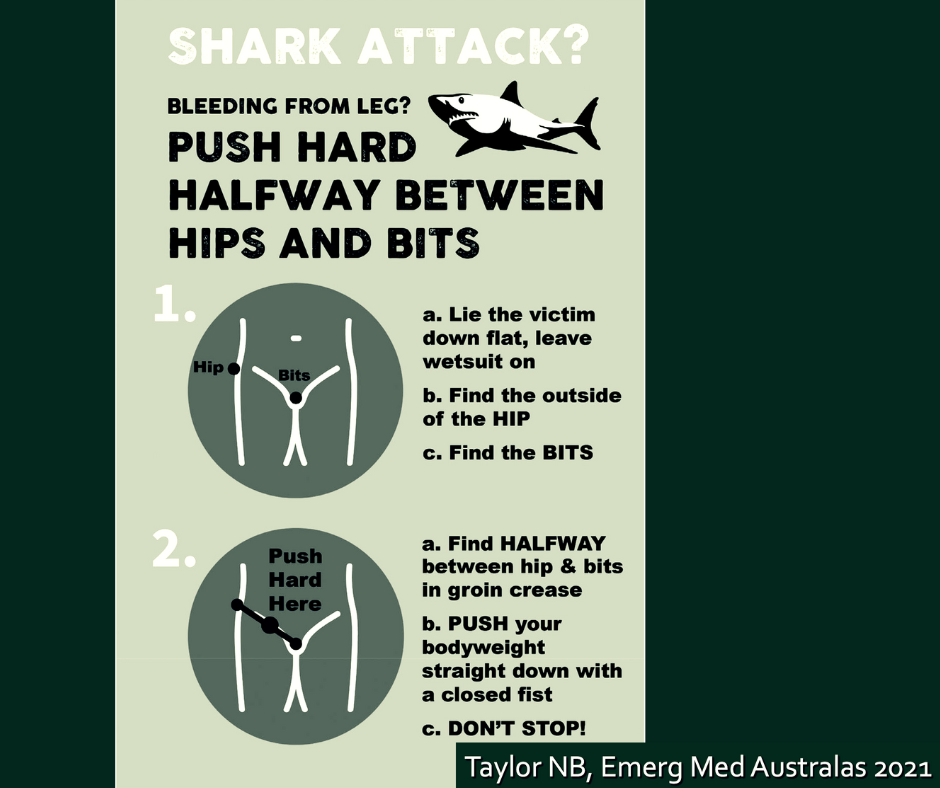High-pressure water jet units deliver large volumes of water at very high pounds per square inch. Entry wounds can be small, but internal tissue damage extensive, similar to military rifles. BLUF: If the water jet is a bit further from …
Massive hemorrhage is the leading cause of preventable death from injuries.
How much blood loss is too much?
In December 1970, the US military published data on 7,800 soldier and Marine casualties from the conflict in Vietnam. In that data, specifically 10% of combat fatalities were from extremity hemorrhage. This dataset would later form the first TCCC guidelines in 1996. With the widespread adoption of tourniquets by the US. Military in the early 21st Century, death from massive extremity hemorrhage is now unusual in combat. This improvement has lead to greater awareness of massive hemorrhage from “junctional areas” like the neck, axilla/armpit, and groin, areas not amenable to circumferential tourniquet placement. To be facile at controlling massive hemorrhage, wound packing is a needed but often neglected skill set.
Updated 18 January 2024 BLUF:* Isolated closed femur fractures are extremely rare, the internal thigh bleeding can be substantial, but tourniquet application in these closed injuries is not likely to help. 🕖 Reading Time, 4 minutes A closed femur fracture can …
…many different ways to manage these wounds, this is one technique using a Foley Catheter (designed for urine drainage) to tamponade bleeding. It is best studied in neck wounds. This…
🕖 Reading Time, 4 minutes This video of an attempted bank robbery in Brazil shows that some injuries are just too rapidly fatal to intervene on. Based on Vietnam data, fatal penetrating neck wounds result from about 1/3 transection of …
They may look like legitimate commercial versions but counterfeits are not made to the same quality standard. Know your gear. 🕖 Reading/viewing Time, 7 minutes UPDATE: Fifty counterfeit CAT like tourniquets (from two different manufacturers) were compared to 25 7th-generation …
🕖 Reading Time, 3 minutes Manual inguinal compression of the vasculature can work to occlude distal arterial blood flow. It may not constantly occlude during the entire time the rescuer is applying pressure and might require “readjustment” of the rescuer’s …


